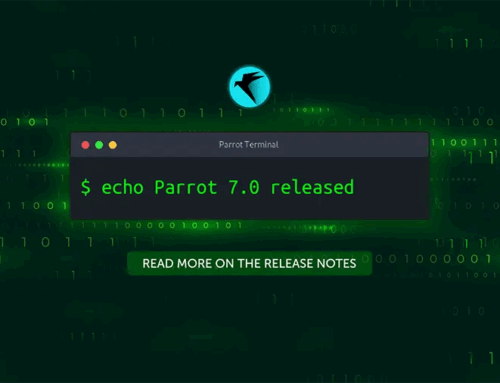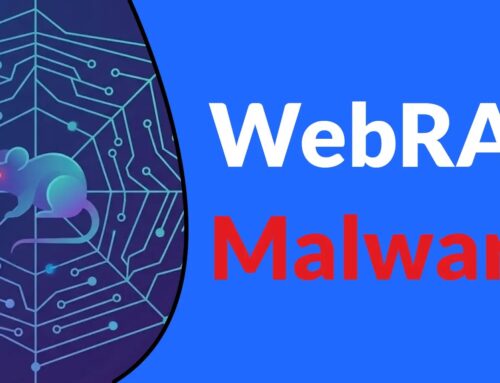
APT36 Attacking BOSS Linux Systems With Weaponized ZIP Files to Steal Sensitive Data
# Understanding APT36: The Threat to Linux Systems
## Introduction
As the technological landscape evolves, so do the threats targeting it. Advanced Persistent Threats (APTs) represent one of the most serious cybersecurity challenges today. One such group, APT36, has recently made headlines for its relentless attacks on Linux systems. In this blog, we will explore the characteristics of APT36, analyze their attack methods, and offer insights on how organizations can protect themselves. By understanding these cyber threats, businesses can better safeguard their sensitive data.
## Outline
### 1. What is APT36?
– **Define APT36**: A brief overview of the group and its origin.
– **Motivations Behind Their Actions**: Discuss the underlying objectives of their attacks (financial gain, espionage, etc.).
### 2. The Target: Linux Systems
– **Why Linux?**: Explore why attackers prefer Linux over other operating systems.
– **Statistics on Linux Usage**: Highlight the growth of Linux in enterprise environments and its implications on cybersecurity.
### 3. APT36’s Attack Mechanisms
– **Methodology**: Detailed examination of the tactics, techniques, and procedures (TTPs) employed by APT36.
– Phishing Attacks
– Exploiting Vulnerabilities
– Use of Malware
– **Analysis of Recent Attacks**: Case studies or examples of APT36’s effective campaigns.
### 4. Signs of Compromise: How to Identify APT36 Attacks
– **Key Indicators**: Highlight the signs that organizations should look out for to detect potential breaches.
– **Behavioral Cues**: User behavior changes and system anomalies.
### 5. Best Practices for Defense
– **Implementing Security Measures**: Suggestions on how organizations can bolster their defenses against APT36.
– Updated Systems & Patching
– Employee Training Programs
– Network Monitoring and Threat Intelligence
### 6. Conclusion: Proactive Approach to Cybersecurity
– **Summary of Key Points**: Quick recap of the main takeaways.
– **Call to Action**: Encourage readers to adopt stronger cybersecurity practices.
## Summary of Outlines
### 1. What is APT36?
APT36 is a sophisticated hacking group known for targeting various organizations, leveraging tailored malware and persistent tactics for financial and espionage motives.
### 2. The Target: Linux Systems
Linux systems are often preferred by organizations due to their flexibility and security, yet this very popularity makes them attractive to hackers. As Linux usage rises in enterprise settings, understanding the related risks becomes critical.
### 3. APT36’s Attack Mechanisms
APT36 employs a variety of methodologies to execute their attacks, including phishing, exploiting system vulnerabilities, and deploying custom malware. Recent attacks have illustrated their capacity for infiltration and persistence.
### 4. Signs of Compromise: How to Identify APT36 Attacks
Key indicators of a breach include unusual user behavior and technical anomalies which can serve as crucial early warning signs for organizations.
### 5. Best Practices for Defense
To defend against APT36, organizations should focus on system updates, employee training, and real-time monitoring to mitigate potential threats effectively.
### 6. Conclusion: Proactive Approach to Cybersecurity
Addressing the evolving landscape of cybersecurity requires a proactive stance. Organizations must remain vigilant and informed to protect themselves against threats like APT36.
## Conclusion: Proactive Approach to Cybersecurity
In a world where the digital landscape constantly shifts, organizations cannot afford to take cybersecurity lightly. APT36’s relentless targeting of Linux systems serves as a wake-up call for many. By applying the best practices outlined above, businesses can enhance their defenses, safeguard sensitive data, and ultimately reduce the risks associated with cyber threats. Stay vigilant, stay informed, and make cybersecurity a priority.
### Key Takeaways:
1. **Understand APT36**: Familiarity with the threat landscape is crucial for effective defense.
2. **Recognize the Importance of Linux**: As Linux gains popularity in enterprise environments, understanding its vulnerabilities is vital.
3. **Detect Early Signs of Compromise**: Identifying unusual behavior can help organizations respond swiftly to potential breaches.
4. **Implement Strong Cyber Defense Strategies**: Focus on training, system updates, and threat monitoring to mitigate risks.
By ensuring your organization is prepared against threats like APT36, you can foster a safer digital environment and protect your essential data.





